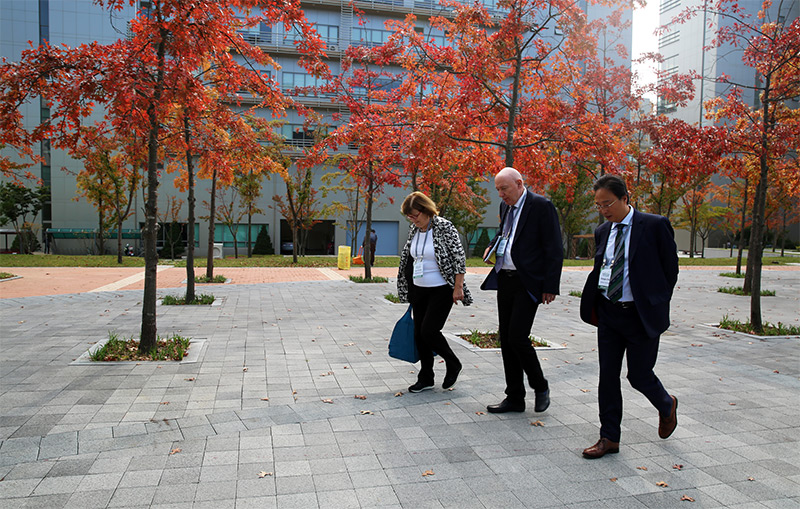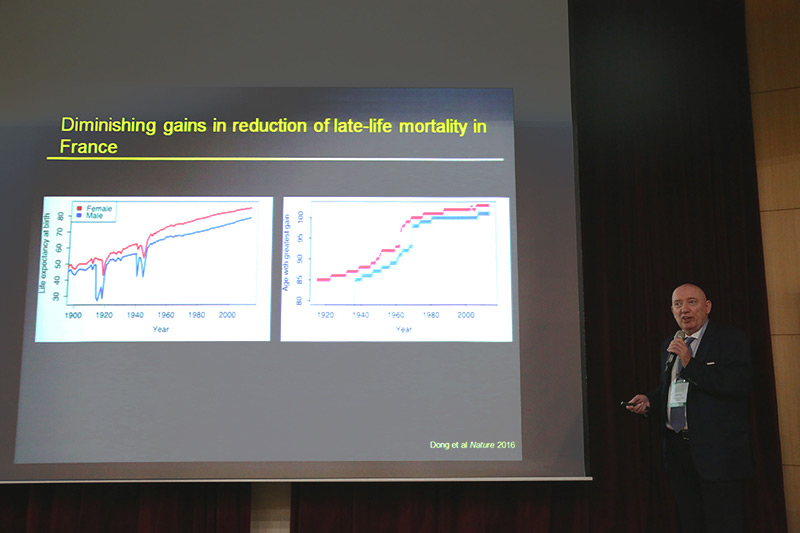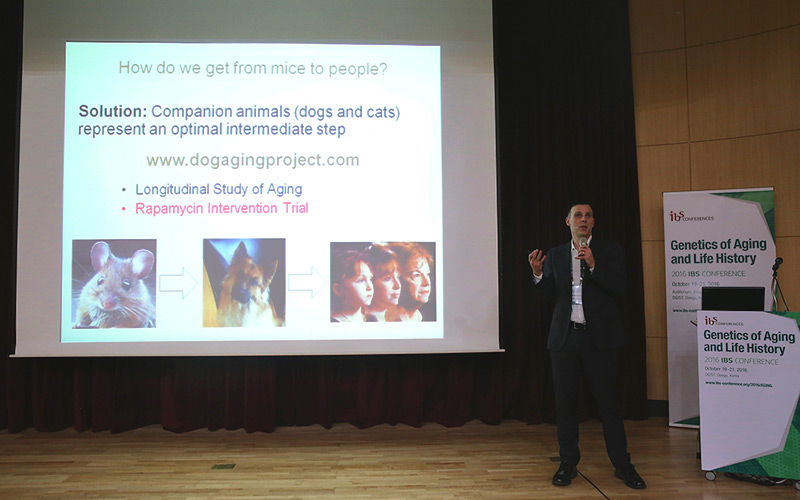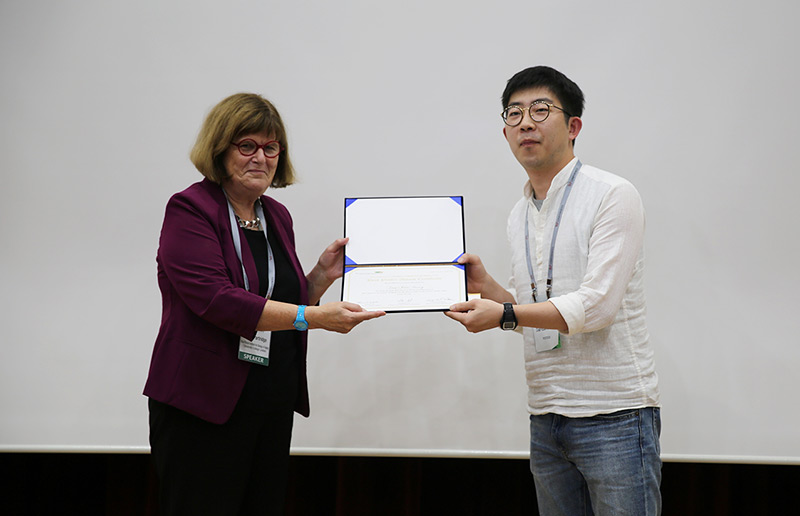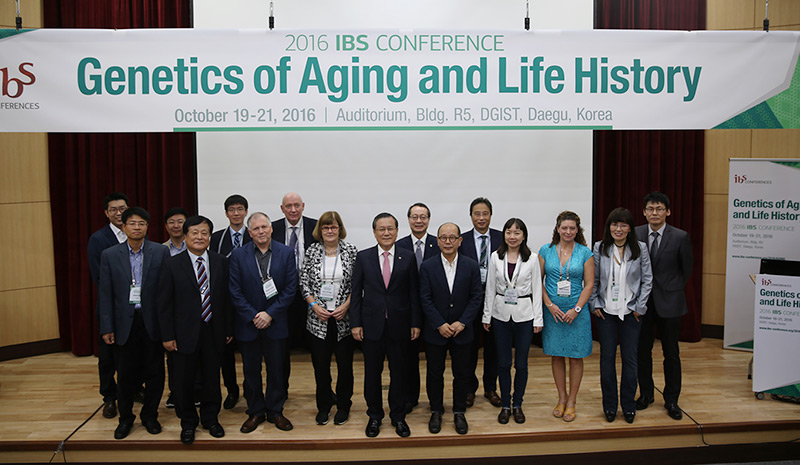주메뉴
- About IBS 연구원소개
-
Research Centers
연구단소개
- Research Outcomes
- Mathematics
- Physics
- Center for Theoretical Physics of the Universe(Particle Theory and Cosmology Group)
- Center for Theoretical Physics of the Universe(Cosmology, Gravity and Astroparticle Physics Group)
- Center for Exotic Nuclear Studies
- Center for Artificial Low Dimensional Electronic Systems
- Center for Underground Physics
- Center for Axion and Precision Physics Research
- Center for Theoretical Physics of Complex Systems
- Center for Quantum Nanoscience
- Center for Van der Waals Quantum Solids
- Chemistry
- Life Sciences
- Earth Science
- Interdisciplinary
- Institutes
- Korea Virus Research Institute
- News Center 뉴스 센터
- Career 인재초빙
- Living in Korea IBS School-UST
- IBS School 윤리경영


주메뉴
- About IBS
-
Research Centers
- Research Outcomes
- Mathematics
- Physics
- Center for Theoretical Physics of the Universe(Particle Theory and Cosmology Group)
- Center for Theoretical Physics of the Universe(Cosmology, Gravity and Astroparticle Physics Group)
- Center for Exotic Nuclear Studies
- Center for Artificial Low Dimensional Electronic Systems
- Center for Underground Physics
- Center for Axion and Precision Physics Research
- Center for Theoretical Physics of Complex Systems
- Center for Quantum Nanoscience
- Center for Van der Waals Quantum Solids
- Chemistry
- Life Sciences
- Earth Science
- Interdisciplinary
- Institutes
- Korea Virus Research Institute
- News Center
- Career
- Living in Korea
- IBS School
News Center
| Title | Living Longer, Aging Better: IBS Conference on Genetics of Aging and Life History | ||||
|---|---|---|---|---|---|
| Name | Department of Communications | Registration Date | 2016-11-02 | Hits | 3660 |
| att. |
 thumb.jpg
thumb.jpg
|
||||
Living Longer, Aging Better: IBS Conference on Genetics of Aging and Life HistoryPrometheus, Jeanne Calment, Bluey and Tiffany Two made it into the Guinness Book of World Records. They are the oldest tree, human, dog and cat, respectively. Tiffany Two lived for 27 years and the mighty Prometheus survived for an astounding 5,200 years. Living long, however, is not as important as maintaining a good health while getting old. The Center for Plant Aging Research within the Institute for Basic Science (IBS) held a two-day Conference titled, ‘Genetics of Aging and Life History 2016’ in Daegu Gyeongbuk Institute of Science and Technology (DGIST) from October 19-21. With the beautiful background of the Korean autumn, this conference was an opportunity to foster dialogue and learn about the latest research on aging in plants, animals and humans.
“The conference aims to provide a comprehensive overview of aging and to provoke ample discussion in an open and friendly environment. It puts an emphasis on understanding genetic basis of aging and aging-related life history, in particular how genetic mechanisms influence the aging rate and how aging is associated with physiological outputs,” explains NAM Hong Gil , Director of the IBS Center for Plant Aging Research.
With thirteen presentations by internationally recognized scientists, three junior scientists’ talks, a poster session and a thought-inspiring session about the current and future issues in aging research, the conference stimulated dialogue along the progress on aging research. Several scientists pointed out that what has changed in aging research in recent years is the understanding that the aging process itself is malleable. “We know that aging is the major risk factor for loss of function, disability, cancer, chronic diseases, and at the moment the general approach is to tackle them one by one as they arise. What the new biology of aging is telling us is that there could be a more effective way, which is to intervene into the process of aging itself, so people stay healthy as they age. I think the big challenge is to understand the extent of which we can do that and to figure out ways of implementing it,” explains Linda Partridge (Max Plank Institute for Biology of Ageing, Germany and University College London, UK). Thirty years ago, a new era in aging research was inaugurated following the isolation of the first long-lived strains in the nematode model organism Caenorhabditis elegans. Since then a lot of progress has been made to understand how aging is controlled at the cellular and genetic levels. Some of the genetic and biochemical pathways are conserved over evolution and shared in different organisms. One of the common denominators of aging is the accumulation of DNA mutations, which leads to age-related diseases. The first speaker at the conference, Jan Vijg (Albert Einstein College of Medicine, USA) presented his recent data on the aging ceiling: “In most wealthy countries, progress in medicine and health systems should have created optimal conditions to increase the record of the oldest age, but still it did not happen. We have the record of the world oldest person (Jeanne Calment) who died in 1997 at the age of 122 and since that time we have seen no improvements. So it tells me that while the human health has improved, humans still are not capable of breaking through the ceiling of approximately 115 years old. It seems like a limit to human lifespan and the question is why is that the limit? My research is testing the hypothesis that at least to a large extent the lifespan limit is caused by mutations in DNA, which leads to cancer and other diseases.” Although mutations are a naturally unavoidable cause of evolution, perhaps, interesting discoveries might come in the future from animals with long lifespan, like a naked mole-rat, a rodent native of East Africa. This underground animal has the record for the longest living rodent: It lives up to 31 years. Interestingly, it is also highly resistant to cancer.
Another cause of aging (at least in animals) is the accumulation of dysfunctions in the mitochondria, the so called ’powerhouse’ of the cell. In this regard, Vihelm A. Bohr (National Institutes on Aging/ National Institutes of Health, USA) investigates the role of a chemical modification process called PARylation which could be connected with mitochondrial stress. PARylation also regulates DNA repair, chromatin remodeling (the rearrangement of chromatin architecture to control gene expression), replication and other processes. Mitochondrial dysfunctions cause the increase of reactive oxygen species (ROS), which in turn causes further mitochondrial deterioration, cellular damage and aging. Another approach to extend lifespan is dietary restriction. Although dietary restriction has still unclear effects on the human lifespan, several scientists are looking at the lifespan of C. elegans, which extends with dietary restriction and shortens with glucose-rich diets. LEE Dongyeop (Pohang University of Science & Technology, POSTECH, South Korea) is looking at the genetic factors involved in glucose and lipid metabolism that cause C. elegans to live a shorter life when eating a glucose-enriched diet. Jing-Dong Jackie Han (Shanghai Institute of Biological Sciences, China) studies the transcriptome of chronic and intermittent fasting in C. elegans to understand which genetic systems intervene to regulate it. HAHM Jeong-Hoon (IBS, South Korea) explained that one of the reasons why dietary restriction improve health condition in C. elegans is because dietary restriction can activate age-associated mitochondrial compensatory systems, which help to protect against mitochondria dysfunctions and retard mitochondrial loss in aging. The ultimate goal of aging research could be a drug that improves human health during aging and has minimal side effects. Although these studies have been conducted mainly on laboratory animals so far, aging research is now expanding to pets and humans. One candidate is the drug rapamycin; an FDA approved drug, usually used in high doses to prevent organ transplant rejection and to fight cancer. This drug extends the lifespan of model animals (mice, flies and nematode) in the laboratory even at low doses; mice – treated with rapamycin in middle age - extended their lives and stemmed age-related disease, like heart disease, cancer, obesity and Alzheimer. However, rapamycin in humans has unpleasant side effects, like mouth sores, anemia, glucose intolerance, infections, etc. Another invitee, Matt Kaeberlein (University of Washington, USA) is conducting the first comprehensive study of aging in dogs and checking the effect of rapamycin on middle-aged pet dogs. “I have dogs and it seems natural to me to study how they age. I think it will improve the quality of life for both pets and owners, and it will convince people that it is possible,” explains the professor.
Another promising drug is diaminodiphenyl sulfone (DDS). LEE Yun-Il (DGIST) found that this anti-leprosy drug also prevents the reduction in dopaminergic neurons, which is typical of aging. In addition, Linda Partridge is also aiming to a pharmacological approach: “I hope that our research will lead to a polypill, that's a pill with more than one drug in it, that people start taking from middle age with the aim of keeping them healthier for longer.”
Other talks at the conference focused on plant senescence. Compared to humans and animals which age gradually, plants need to recycle nutrients from old to new tissues (for example seeds). They need to activate and repress a series of genes and transcription factors in a time-controlled way. Director Nam is studying which proteins and RNAs act as central regulators of leaf senescence in the plant model organism Arabidopsis thaliana. During senescence, some groups of proteins called NAC transcription factors can activate or repress certain genes with precise timing. By checking both mRNA (later translated into proteins) and regulatory RNA, the director and colleagues try to understand how aging is controlled over time. Indeed, regulatory RNA is very interesting, because it is involved in the regulation of genome organization and gene expression. While animals have an increase in transcriptional variation during senescence, the director and colleagues found that leaves during senescence have more gene groups co-expressed. In other words, while the animals aging process is degenerative, plants seem to organize themselves to ’age well’. Researchers also compared RNA from nuclei, mitochondria and chloroplasts and found that chloroplast RNA is the one that changes the most during the leaf lifespan. This means that the decay of chloroplasts comes first during aging, while the nucleus and mitochondria remain intact until the death of the leaf. On the contrary, animal aging is often related to the loss of the mitochondrial function. Director Nam's current challenges are to clarify which role one type of regulatory RNAs (called tRNA fragments) have in plant aging. From the same Center for Plant Aging Research, HONG Sunghyun explained his latest hypothesis in the connection between the circadian rhythmicity (a cycle of approximately 24 hours) and aging. He found that plants need a regular circadian rhythm to age well. At the conference, Zhongjun Zhou (University of Hong Kong, China), Coleen T. Murphy (Paul F. Glenn Center for Aging Research/ Princeton University, USA), KIM Keetae (DGIST), LEE Seung-Jae V. (POSTECH), Yousin SUH (Albert Einstein College of Medicine, USA) and LEE Young-Sam (DGIST) also presented several other mechanisms that can be used to target aging. Finally, the last section of the conference was an interactive one. Participants discussed how limited species-specific life span is, the possibility of an internal aging clock, what assays should be used to assess health in C. elegans and the challenges and opportunities for translational geroscience. The next IBS conference in aging is planned to take place in two years; the organizers are looking forward to meeting everyone a couple of years older!
You can read more about IBS' research on aging and age-related disease on the following press releases:
Letizia Diamante |
|||||
| Next | |
|---|---|
| before |
- Content Manager
- Public Relations Team : Suh, William Insang 042-878-8137
- Last Update 2023-11-28 14:20










